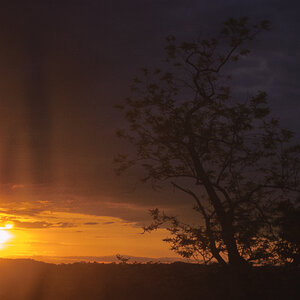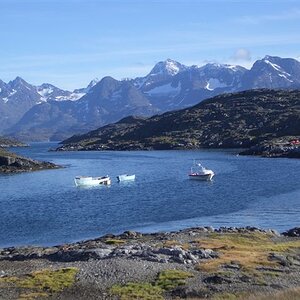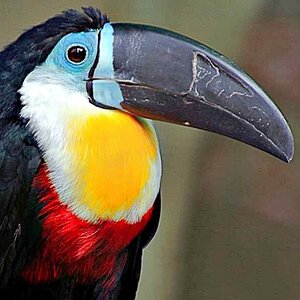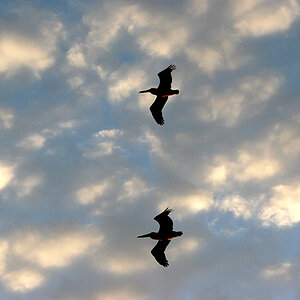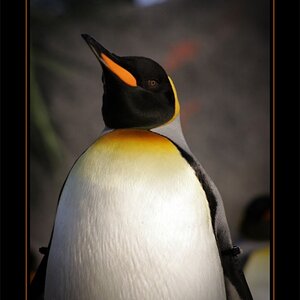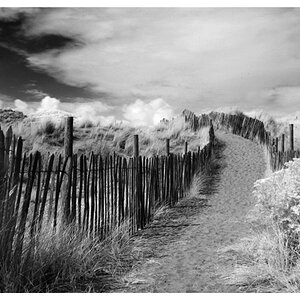I know that the Iso controls the sensitivity of the "film", but does it have any thing to do with Exposure? What exactly is exposure? And how does adding exposure or reducing exposure controls affect the photograph?
Thanks for the help
Thanks for the help


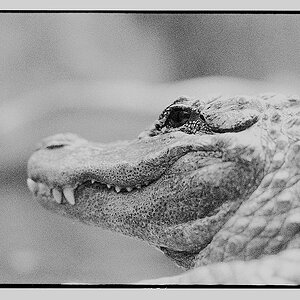
![[No title]](/data/xfmg/thumbnail/36/36644-d48bde7a35945a119c05c18e8c748c27.jpg?1619737671)
